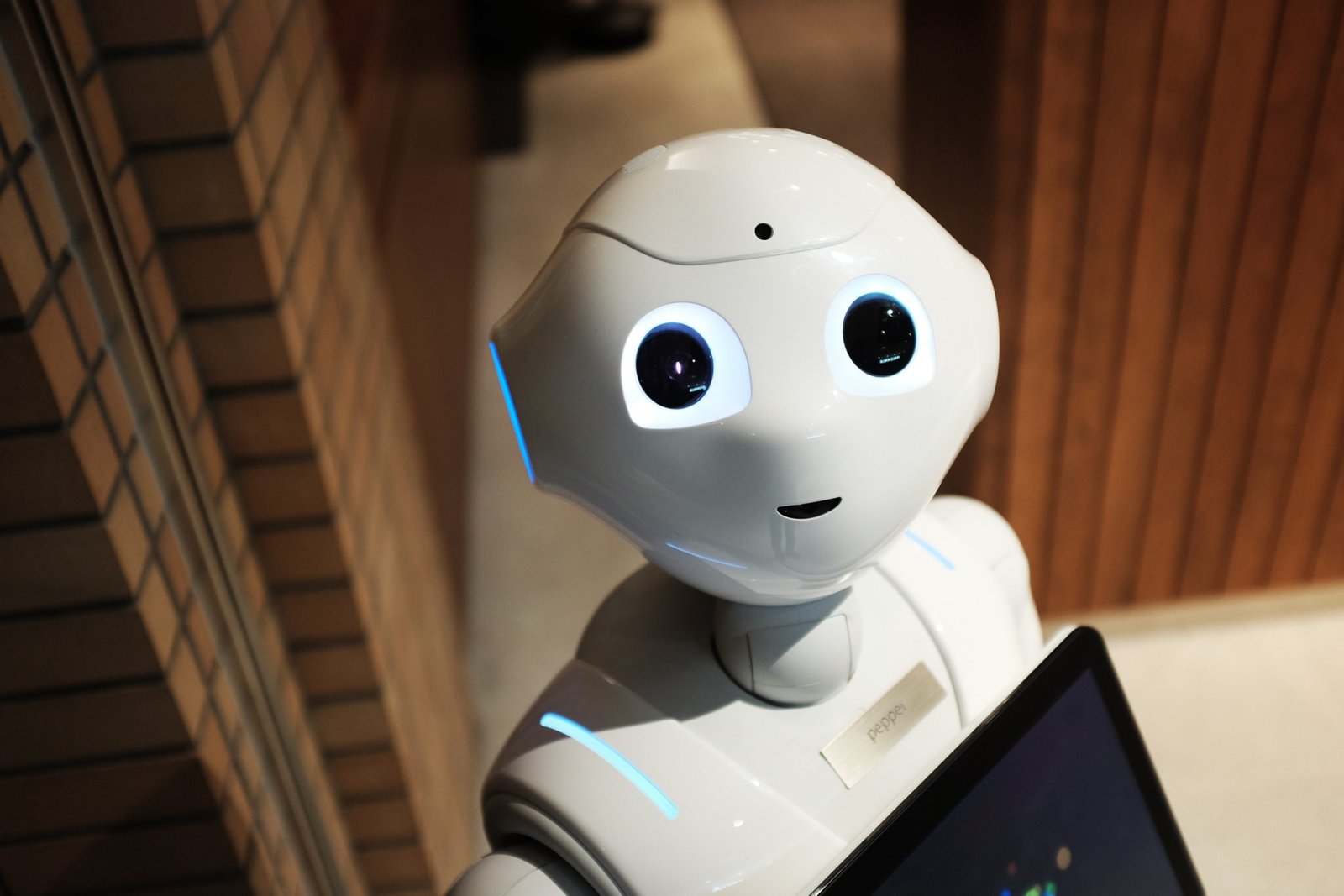Let’s be clear AI is not a threat to most people’s jobs. AI and software will be created to augment current roles in offices today. We’re not going to get rid of nurses, lawyers, accountants, welders, etc. We’re going to augment them with new software and new algorithms. New jobs will be created that will take the place of current jobs that are going to disappear, or just maybe… your job will get easier. Wouldn’t that be nice?
Unless something goes incredibly wrong, or right, depending on whom you ask and we end up in an incredible dystopian wonderland, software will always be developed by people for people to make our lives better and easier.
If there’s anything I know, humans make mistakes. Tons and tons of mistakes. Software is never going to be self-correcting when it has to do with anything other than syntax, and will always have human authors, software developers, business owners, etc. The problem with having AI that is static, or even follows trends is that it will always follow a trend, and has to be watched after because the world is ever-changing. What is a clear down the road view of intended consequences for an AI algorithm today is or may be completely “wrong” and “bad” in the near future.
Take for example credit applications. Those applications are not done by hand and haven’t been for a long while. I’m sure there are smaller institutions that do look through them by hand, but not many. Application acceptance and denial are not done by hand for credit, at least on the first pass. That’s right, there are programs that take into account all of the variables about the applicant and their circumstances. The program uses rules, written by someone at some point. If your application doesn’t meet certain thresholds for those rules, you are denied credit, offered alternatives or different terms for the credit you are seeking. It’s completely acceptable for a company to use as an algorithm for credit applicants. The bank knows how much risk it’s willing to take on for the reward, and that of course changes based on a large amount of different criteria. It changes from day-to-day, town-to-town, state-to-state, country-to-country, etc. depending upon a ton of things about the applicant and the institution they’re applying to.
So the algorithm that is in the software above is based on “business rules”. Those rules are like a huge ever-changing filter. They were first written by hand, years ago. As one value goes up, another goes down, etc. In the end you’re given a score on your application and based on that score, you’re either accepted or denied for credit.
How does AI fit in here? Well… you see that set of business rules in the example above? It turns out we can automate the writing of that incredibly complex set of business rules by writing an AI. In order to get an algorithm for we need a set of old data we can feed the AI with. We already know all of the parameters for the “credit application”. If we’re an established bank, we have years of examples of loans that were given and how they were paid back, etc. Those examples, are our data set. To make it simple, we put them together and the “AI” creates us a new algorithm that fits the lender’s needs for credit applicants. Throw in the magic of AI, software, nerds and.. Voila! A new algorithm is born! This is what is commonly referred to as AI for most businesses. It’s far more efficient than a human would be at going through all of those applications and can make decisions based on targets to get us there, etc. It’s not emotional, and since business is about making money it’s created with it’s eye on the prize.
Now… there will still be bankers. If you get denied for credit, you can always take your business elsewhere. Smaller local lenders tend to be nicer about these things and take more risks. You could go into said bank and try to make a case for yourself as to why they should lend to you. There are all sorts of ways to get credit. That’s not the point though. The point IS… That AI has augmented or simplified the process of approving or denying credit for the bank. It hasn’t gotten rid of any bankers that still are there to service customers. Those bankers in your local branch have just taken on different responsibilities. Sure, there are probably a few less bankers but by and large AI is there to help, not replace people.
As time progresses, as it is want to do, we’ll find that jobs will shift as some jobs are replaced by software. Take robotics for example. Robots will take jobs, but writing software for and repairing those robots will become an in demand job skill. Like I noted earlier, people make mistakes. Lots and lots of mistakes. It’s ok. To err is human, as they say. We’ll be making new things and new processes until we’re destroyed or become one with machines, or whatever happens. We’ll use the tools we create or currently have at our disposal to make new things as we always have.
Embracing the future is an everyday process. Don’t let others drive you to fear the future. As far as we know the past is not coming back. Don’t fear the unknown, be prepared for change. Look at the work you do. Try and figure out how you could make it easier for yourself or others to accomplish. Why not make those changes yourself and sell them to others? If you don’t do it, someone else will. Maybe you don’t want to do that. Go search out a solution someone has already made? It’s not scary like some would like to make you think.
